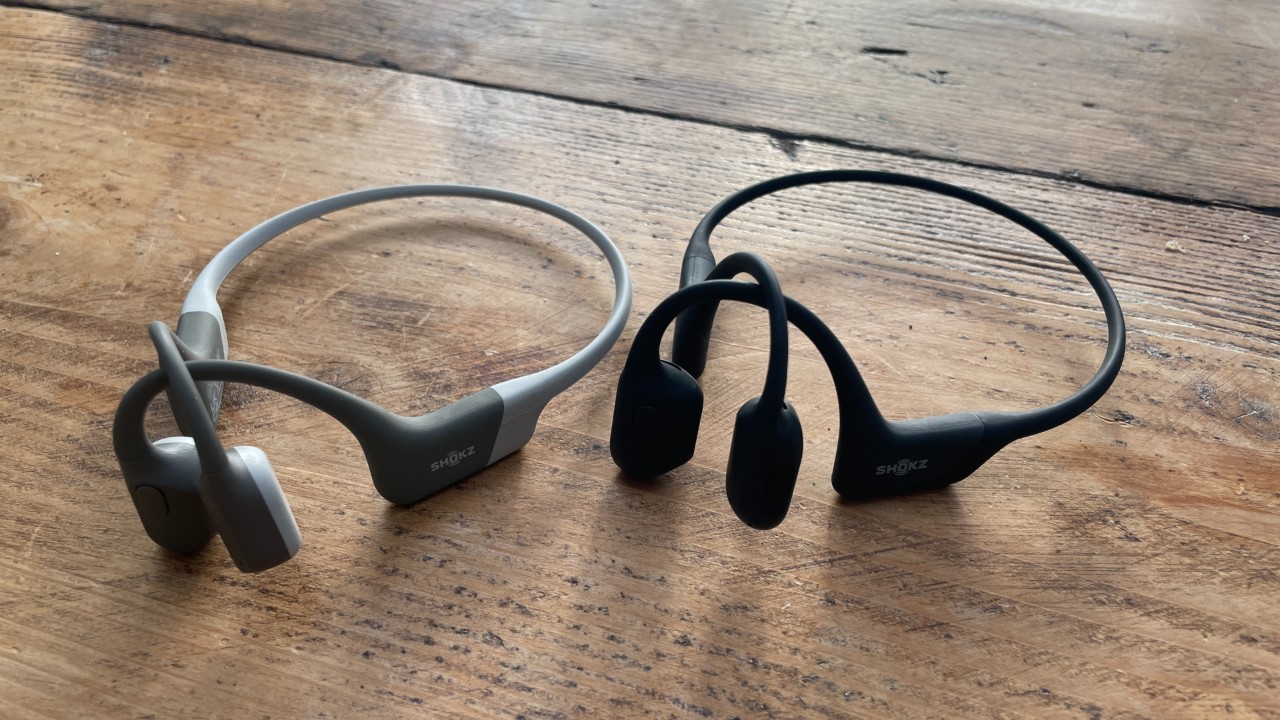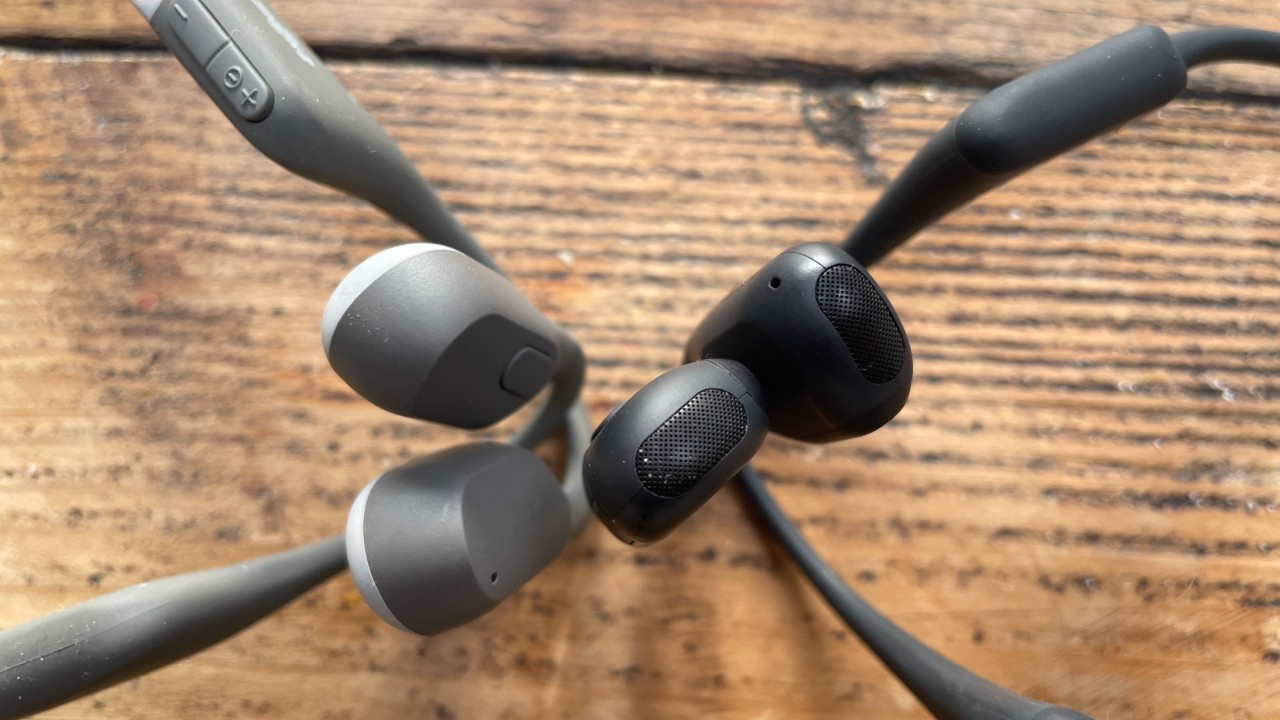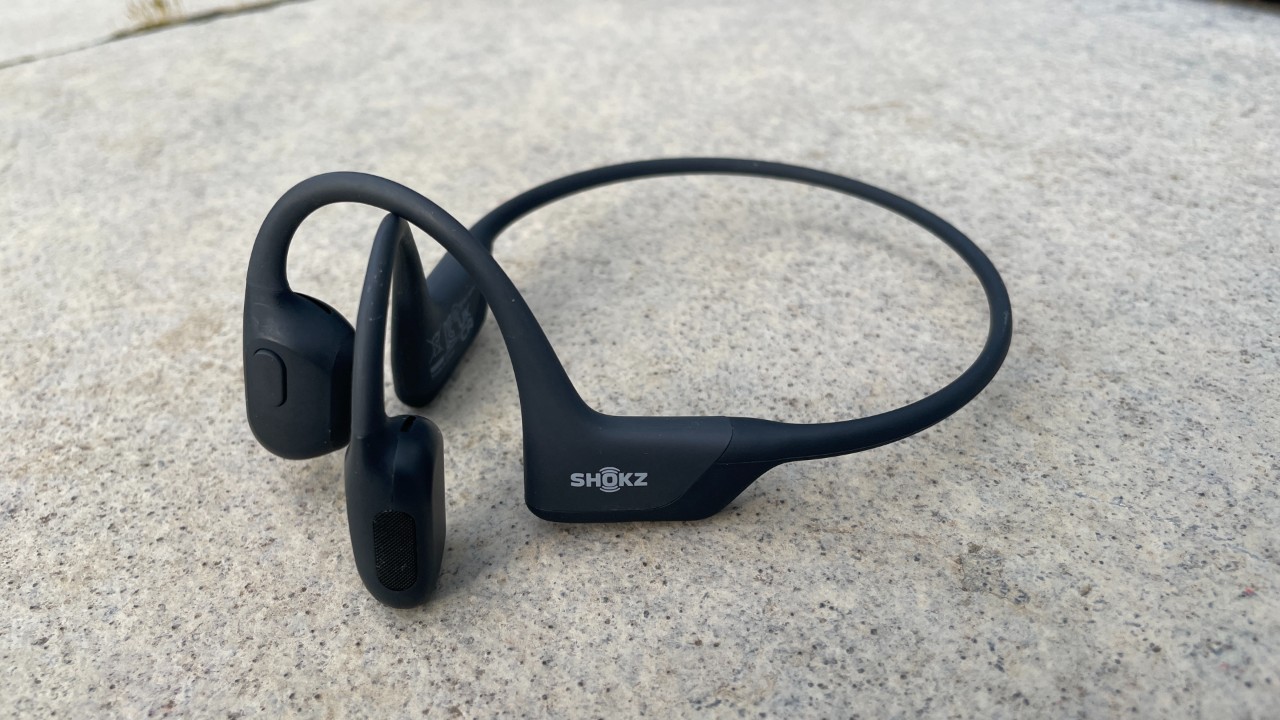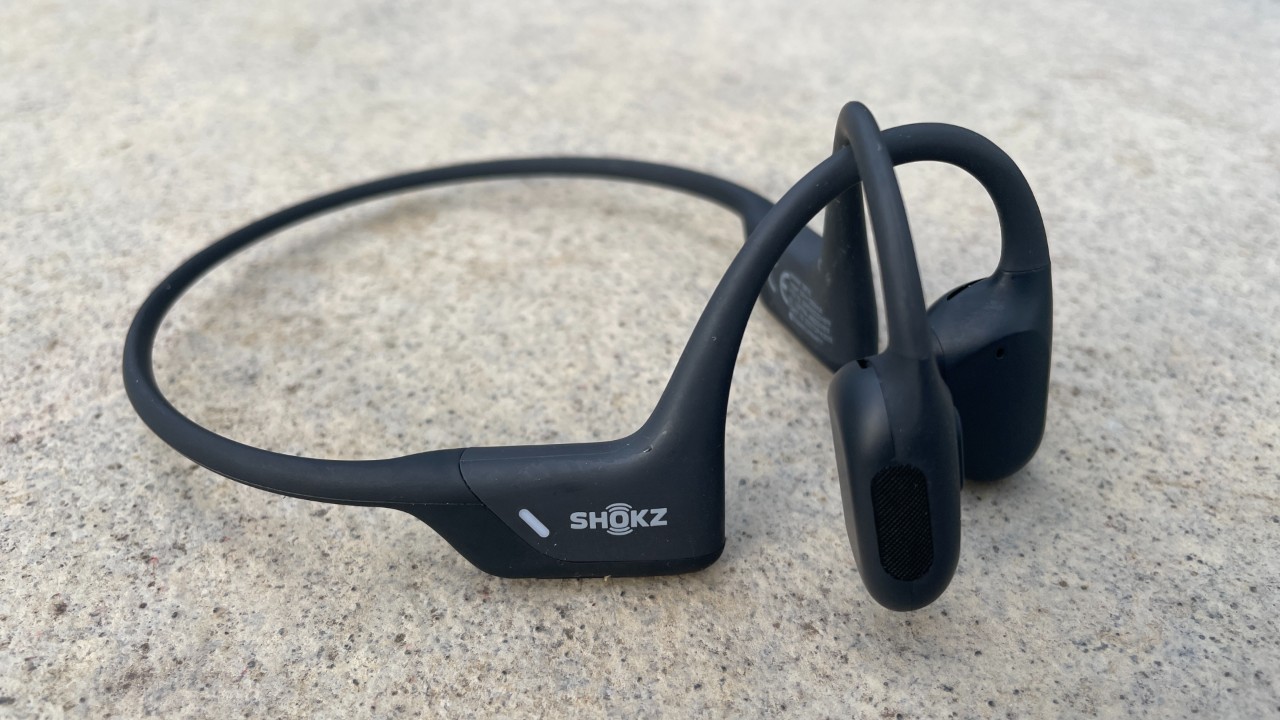Our Verdict
The OpenRun Pro bone-conduction headphones sit at the top of Shokz’s range, with longer battery life and improved bass compared with the standard OpenRun. They are the best bone-conduction headphones going – but not by much, so there’s a compelling case for sticking with cheaper options.
For
- Improved bass
- Long battery life
- Lightweight design
- Comfortable fit
Against
- Expensive for bone-conduction headphones
- Sound quality not a huge improvement
- Sometimes too quiet to hear
- Not great for general use
You can trust Coach
Bone-conduction headphones are undoubtedly very useful in certain circumstances. When exercising on or by busy roads it helps to have awareness of your surroundings, and they are also the only headphones allowed at some running events. These points alone mean you’ll always find a pair on our list of the best running headphones.
However, they have always struggled with sound quality, offering less on this front than much cheaper in-ear options. As the leading name in bone-conduction buds, Shokz is trying to set new standards for sound with the OpenRun Pro headphones, with enhanced bass in particular.
Unfortunately, the Pro headphones didn’t significantly outperform the sound of Shokz’s other bone-conduction headphones, and I’d recommend sticking with cheaper options.
Shokz OpenRun Pro: Price And Availability
The OpenRun Pro went on sale in the UK on 28th February and cost £159.95, which is £30 more than the standard OpenRun headphones. Shokz also has the entry-level OpenMove headphones in its range for £79.95.
Design

The OpenRun Pro headphones look the same as the OpenRun, though they weigh slightly more at 29g vs 26g. The headphones are lightweight and sit securely in place so it’s easy to forget you’re wearing them, especially when you’re also sporting a hat and running sunglasses – they fit perfectly fine with all this extra headwear.
You hook the headphones over your ears so the pads sit on your cheeks to deliver audio via your bones, leaving your ears clear to hear the world around you. It’s a design that’s become familiar to runners and cyclists, allowing greater awareness than in-ear buds, even those that have a dedicated awareness mode to filter in external sound.
On the right-hand pad you have two buttons to turn the volume up and down, as well as turning the headphones on and off, and changing audio modes – press both buttons at once to switch between standard and vocal boost. On the left side there is a multifunction button you can use to control music playback and start up your voice assistant.
To improve the sound quality there are two added bass enhancers on the OpenRun Pro. By the nature of their design, bone-conduction headphones struggle to match the power of in-ear buds to generate bass frequencies and that is still the case with the OpenRun Pro, although they are a little bassier than rival bone-conduction buds.
The OpenRun Pro headphones have a water resistance rating of IP55, which is more than enough to withstand sweat and rain, but is lower than the waterproof IP67 rating on the standard OpenRun. This drop in rating is due to the change in design around the cheek pads, with a mesh section on the Pro.

Sound Quality
The OpenRun Pro headphones do offer a little more bass than other bone-conduction headphones, but they aren’t a major improvement in sound quality. For one, when running outside or in other loud environments I couldn’t discern any difference between them and the standard OpenRun headphones. When listening to music at home the sound actually seemed slightly less clear than on the OpenRun, perhaps as a result of the punchier bass.
It is also still hard to hear music and podcasts when running by or cycling on busy roads, a common problem with bone-conduction headphones that hasn’t been solved by the Pro. You still get a cheek tickle when listening to bassy tracks at high volumes too, though I for one quite like that.
As with other Shokz headphones, there’s a vocal booster mode, which should make podcasts and audiobooks a little clearer. I didn’t really notice a huge difference between this and the standard mode when listening to podcasts while running.
All that said, the OpenRun Pro headphones don’t sound bad, and if you’re not hugely concerned with audio quality they will more than get the job done during exercise. However, outside of exercise they leak a bit too much sound and are too quiet to use on public transport as everyday headphones.
And there’s no getting away from the fact that you get much better sound from in-ear buds that cost less than £100, so I’d suggest that the best option is to get the cheapest bone-conduction headphones you can and use them occasionally when the need arises, and then buy in-ear headphones to use most of the time.

Battery Life
One definitive advantage the OpenRun Pro headphones have over the OpenRun is two extra hours of battery life. The Pro headphones last 10 hours on a charge compared with eight on the OpenRun, and a five-minute charge nets you 90 minutes of playback. When you turn the headphones on you get a one-word rating of the remaining battery – high, medium or low – and when you near zero the voice will cut into your audio to plead “charge me”.
Are The Shokz OpenRun Pro Worth It?
The bass and battery boost will be enough to tempt some people to upgrade, but I would stick with the standard OpenRun headphones. The sound quality is comparable and they still lasted me a week of training.
As mentioned above, I’d also consider going for the cheapest Shokz model – the OpenMove – and using the money you save to get some in-ear buds for better sound quality when required.
Another bone-conduction option is the Naenka Runner Pro headphones, which have both Bluetooth and MP3 playback. The latter is very handy for swimming and also running races when you don’t want to carry your phone with you. The Naenka headphones cost £110.35, and are reduced to £88.28 at the time of writing.
Shokz also has a set of MP3 headphones in its line-up, the OpenSwim (formerly known as the Xtrainez – Shokz loves changing names). These don’t also offer Bluetooth playback but offer six to eight hours of battery, while the Naenka buds drop to around two to four hours in MP3 mode.

Nick Harris-Fry is a journalist who has been covering health and fitness since 2015. Nick is an avid runner, covering 70-110km a week, which gives him ample opportunity to test a wide range of running shoes and running gear. He is also the chief tester for fitness trackers and running watches, treadmills and exercise bikes, and workout headphones.

